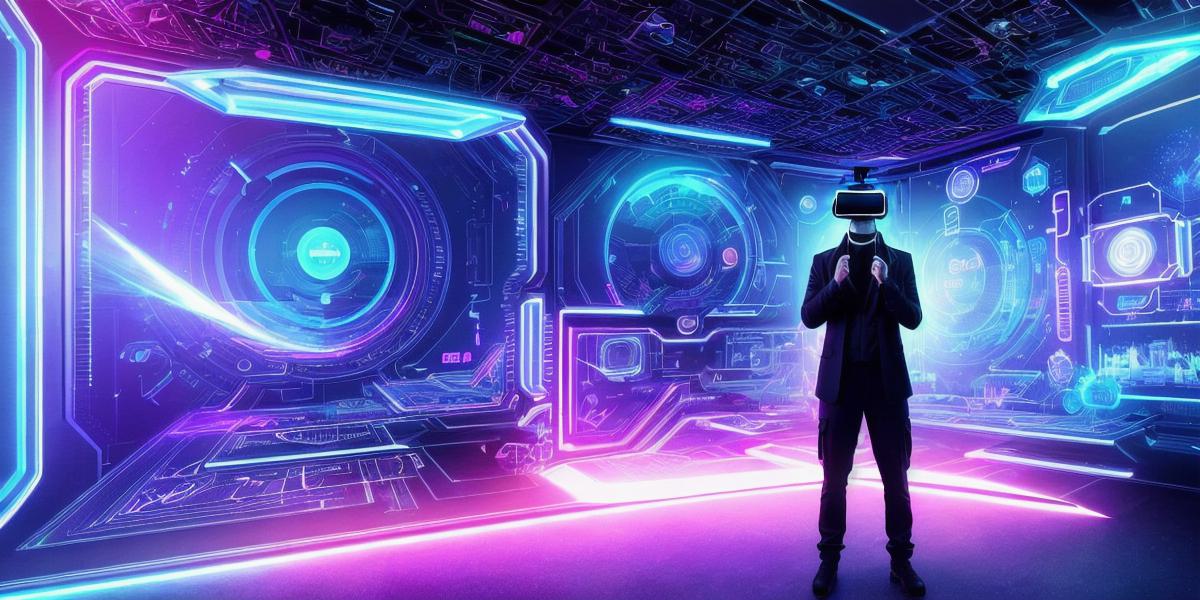As virtual reality (VR) technology continues to evolve, a new frontier is emerging for VR developers: the metaverse. The metaverse refers to a shared virtual space where people can interact with each other and with virtual objects in real-time. In this article, we’ll explore what the metaverse is, how it works, and why it’s important for VR developers.
What is the Metaverse?
The metaverse is a virtual space where people can interact with each other and with virtual objects in real-time. It’s like a virtual reality world, but one that is shared by multiple users. This allows people to create their own virtual environments and experiences, and to collaborate on projects with others in real-time.
How does the Metaverse work?
The metaverse works by combining several different technologies, including virtual reality, augmented reality, artificial intelligence, and blockchain. These technologies allow users to create and interact with virtual objects in a shared space, and to track their movements and actions in real-time.
One of the key components of the metaverse is the use of avatars: digital representations of people that can be customized to suit individual preferences. Users can interact with each other through these avatars, using voice and gesture recognition technology to simulate realistic interactions.
Another important component of the metaverse is the use of virtual objects, which can be created and manipulated by users in real-time. These objects can be anything from simple 3D models to complex interactive systems, allowing users to create their own unique experiences and environments.
Why is the Metaverse important for VR developers?
The metaverse is important for VR developers for several reasons. First, it represents a new frontier for VR technology: one that goes beyond the limitations of traditional VR headsets and into the realm of shared virtual spaces. This opens up new opportunities for creative expression and collaboration, allowing developers to create more immersive and engaging experiences for users.
Second, the metaverse is also a potential source of revenue for VR developers. As more people enter the virtual world, there will be a growing demand for virtual objects and experiences that can be purchased and customized by users. This presents a new business model for VR developers, one that is based on user-generated content and collaboration.
Finally, the metaverse is also an important step towards building a more connected and inclusive world. By allowing people from different backgrounds and cultures to interact in a shared virtual space, the metaverse has the potential to break down barriers and foster greater understanding and empathy between people from all walks of life.
Real-life examples of the Metaverse
One example of the metaverse in action is Decentraland, a virtual world that allows users to create their own experiences and environments using a variety of tools and resources. Another example is VRChat, an online community where users can create their own avatars and interact with each other in a shared virtual space.
Summary
The metaverse represents the next step in the evolution of virtual reality technology. It’s a shared virtual space where people can interact with each other and with virtual objects in real-time, and it offers a new frontier for VR developers to explore. As the technology continues to evolve, we can expect to see more and more creative and innovative uses of the metaverse, both in the world of entertainment and in the realm of business and commerce.
